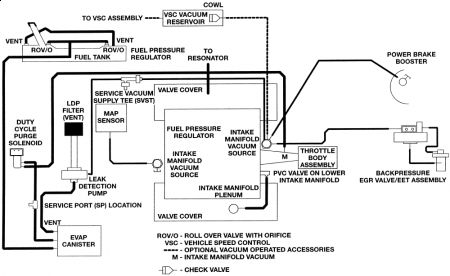Hello psheen
Thank you for adding more information about the issue.
The problem is about random misfire right?
The cause is typically a vacuum leak in the intake manifold, throttle body or vacuum plumbing, a defective Exhaust Gas Recirculation (EGR) valve that is leaking exhaust into the intake manifold,
Start by visually inspecting all the vacuum hoses and connections. Look for disconnected, loose or cracked hoses, broken fittings or other obvious problems. Also, listen to the engine while it is idling (outdoors only or with proper exhaust ventilation, NEVER indoors!) Vacuum leaks will often make a sucking or whistling noise.
A faster technique for finding vacuum leaks is to get a bottle of propane and attach a length of rubber hose to the gas valve. Open the valve so you have a steady flow of gas. Then hold the hose near suspected leak points while the engine is idling. If there is a leak, propane will be siphoned in through the leak. The resulting "correction" in the engine air/fuel ratio should cause a noticeable change in idle speed and/or smoothness (Note: you may have to temporarily disconnect the idle speed control motor while doing this test). Use caution because propane is highly flammable and can be ignited by a spark or flame.
this is the vacuum diagram you will need to search for leaks

Friday, January 29th, 2010 AT 7:50 PM
